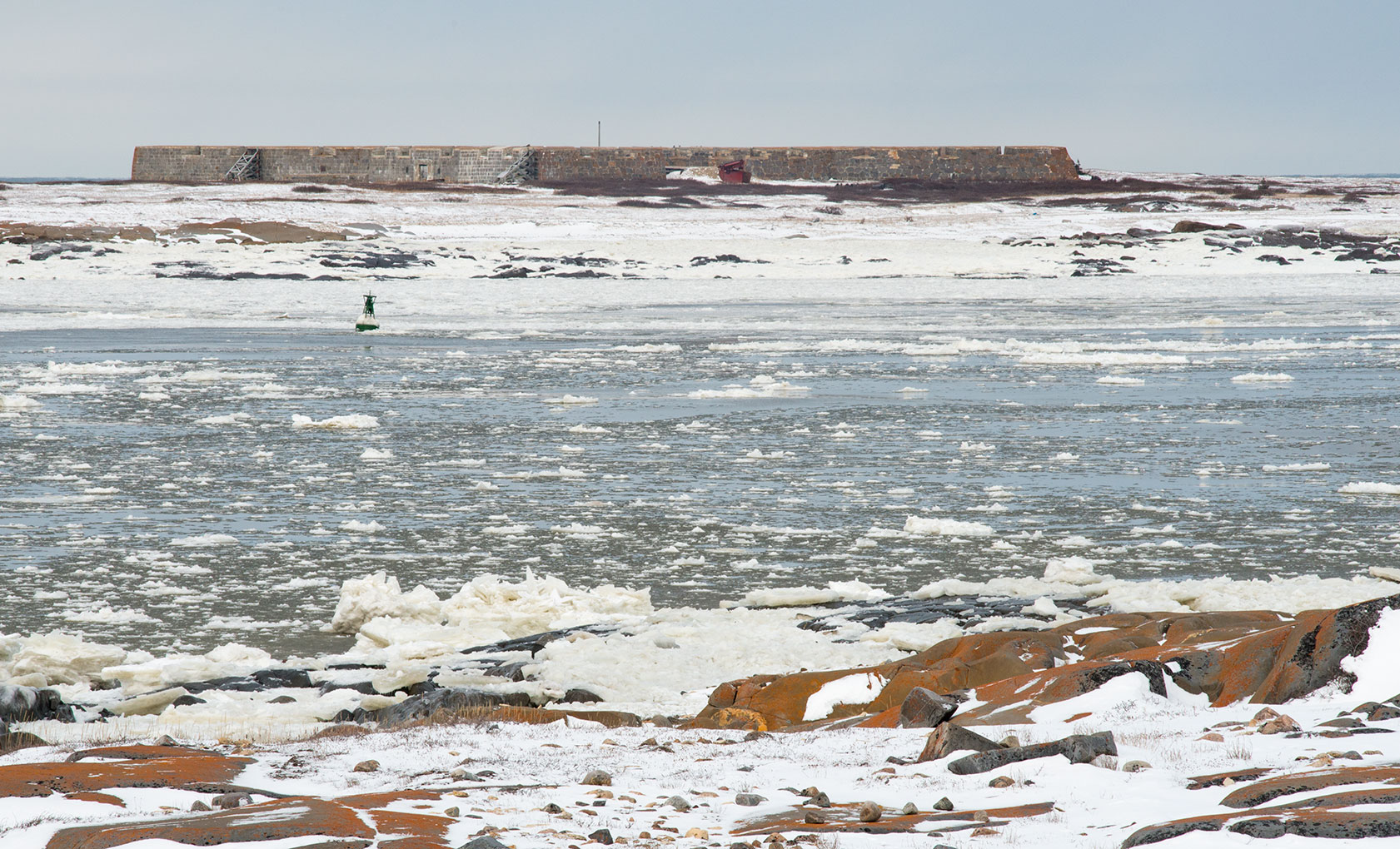More Reason to Ban Crude Oil Shipments through Hudson Bay

January 2014
In Manitoba’s North, the Bushline and Bayline communities rely on the Hudson Bay railway for access to the outside world. Omnitrax, the company that owns the railway, wants to begin putting these communities and the lands and waters of the North at risk by shipping crude oil up this dangerous rail line.
We’ve already covered the reliability issue of this rail line in a previous blog post. The rail line has too many accidents to ignore the potential for an accident involving crude oil.
After crude oil reaches Churchill, it must be shipped by oil tanker through Hudson Bay, threatening this waterway and the animals that live here. So what happens if there is a spill or accident in Hudson Bay?
To start, there is currently no major spill response equipment in Hudson Bay. The necessary equipment is located in Quebec – equipment like boats, skimmers and booms. The private contractor licensed by Transport Canada for marine spill cleanup – Eastern Canada Response Corp. (ECRC) – stated it would take three to five days to get equipment into Hudson Bay. This is an incredulous fact, and one that should sink this plan once and for all. Too much damage could happen in the time it would take to respond to such a spill, if it were even possible to respond effectively.
The next problem with spill cleanup in Hudson Bay is the technique. Surface booms (which contain the oil) and skimmer ships (which suck up the oil) are the mainstays of a typical oil spill cleanup. There are two conditions, however, that cause problems for boom-skimmer cleanup: ice and wind. Strong winds occur frequently in Hudson Bay, and can create powerful waves. As for the ice, you can see the effect even a small amount of ice can have on a boom in this 2-minute video recorded by the U.S. government, obtained and publicized through a Freedom of Information request by Oceana:
The facts speak for themselves: even in open water, cleanup crews can only expect to recover up to 30% of oil spilled. In icy conditions, recovery efforts are even less effective. This would be ecologically devastating for Hudson Bay.
Another common technique intended to mitigate the effects of an oil spill is the use of chemical dispersants to break down the oil, so it doesn’t cling together and reach the shore. Unfortunately, research has recently shown that mixing dispersants with oil makes the substance 52 times more toxic to aquatic life.
This is not an acceptable response to an oil spill.
There is one simple way to eliminate the risk of a crude oil spill in this iconic body of water – and that is to ban crude oil from Hudson Bay. As Manitobans, Canadians and concerned citizens of the world, we must put a stop to this audacious and reckless plan.
The drive for oil and profit is creating more and more destruction in our world, with train derailments and pipeline ruptures being reported almost every week. Carbon emissions from burning fossil fuels are causing climate chaos. But we can make a stand, and keep crude oil out of the Bay, out of Churchill, out of the Bayline and Bushline communities.
Photo: Ice fills the mouth of the Churchill River in early November, when the last ships sail in Hudson Bay. (Eric Reder)